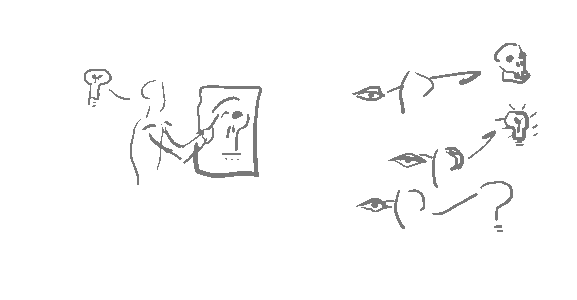The point of competition
Competition is fun and exciting, but you have to have the right mentality for it to be useful.
When new students get a chance to do freeplay they are often surprised to find it isn't what they expected. The nice clean techniques we drill in class suddenly disappear into wild thrashing just to fend off the opponent, and no matter what they do they can't seem to hit the other guy.
This is normal. As soon as you get even a moderate amount of stress in a fight most people break down back to instinctual fighting, which is easy for a calm opponent to pick apart.
The stress is usually amplified by the fact that no matter what you do your opponent seems to hit you constantly but you can't land anything on them.
And that is the heart of the problem.
Instead of trying to win, use freeplay as a test to figure out where you need to improve.
In this day and age we aren't about to fight a duel to the death with swords, so losing doesn't mean death. Calm down and pay attention to what you opponent is doing, look for the openings you recognize and stick to a basic game plan.
A good place to start is the plays. Pick one and try to stick to it. Intentionally confine yourself to a small set of actions until you learn it inside and out. You need to master those moves until you can instantly judge range, timing and what your opponent is likely to do without thinking.
And when you notice you mess something up regularly, go back and drill it until you get it right. There's no shame in going back to the basics to fix a problem. Then work on incorporating that action into freeplay again, and keep fighting until you find the next problem.
The point of freeplay isn't who wins, it's about testing yourself and improving. If you just focus on making your art better, eventually you will end up winning as your skill improves, but let it happen naturally. Freeplay is a valuable tool if used properly, but otherwise is a waste of time that will degrade your technique and frustrate you.





